YouTube health and lifestyle influencer Candi Randolph (Inspire My Style) is in her mid-60s and in the best shape of her life—and she says you can do it, too. Randolph is passionate about women in their 50s and 60s thriving, not just health and fitness-wise but in overall wellness and quality of life. “Fitness after 60 is a commitment,” she says. “It doesn't happen by chance, nor does it happen automatically. You have to make it happen for yourself, my friend. Work within any limitations that you may have. Make sure you follow any doctor's instructions that you are under the care of, and be wise and smart about what you do. But just remember, you are never too old to stay in shape.” Here’s how she does it.
The Joy of Walking Every Day

Randolph loves getting her steps outdoors. “Walking outdoors is always my first choice when it's possible. And I aim to walk about 7,500 steps just about every day, more if I can. It's a daily activity for me, and it really is part of my self-care because it helps me to feel like, well, me.”
Walking Inside Home

Staying active throughout the day is crucial, and that’s aside from any structured exercise routine. “I manage to get in 7-10,000 steps almost every day without leaving my home,” Randolph says. “There's a lot of places you can walk inside your home, even if it's small. I don't live in a big home, but I managed to do that. So getting steps in and keeping your body active are important.”
RELATED: 12-3-30 Walking Method: 20 Proven Tips to Lose Weight Faster
Healthy Diet

Randolph makes a point to eat a healthy, balanced diet that adequately fuels her workouts—but admits it takes discipline. “If in my sixties I allowed myself to indulge every time I felt like it, I probably wouldn't fit behind this desk,” she says. “So there is discipline involved for sure. I don't deprive myself of any of the foods and things that I like, but I am careful to balance proteins, fats, and carbs pretty much every day. It's the way I eat.”
Positive Routines
Taking care of your mind is also important. “How we feed our mind and our spirit and how we go through our day makes a difference as well,” she says. “Having routines that keep us moving forward in a positive direction, like a morning routine or even evening routine before we go to bed, things like that, that we make a part of our life are all essential components of fitness and a healthy lifestyle as we get older.”
Low-Impact Exercises

Randolph recommends low-impact exercises to stay strong and independent. “There are plenty of low impact aerobics type exercises that can be done that a relatively healthy person in their sixties and seventies can accomplish,” she says. “You can accomplish so much towards keeping your body strong without using any weights at all. You use your own body weight. My focus is not on seeing how big my muscles can get, but keeping them firm and strong so that I can do the daily tasks that I want to do.”
RELATED: I'm 50+ and These 7 Fat-Blasting Habits Keep Me in the Best Shape of My Life
Functional Fitness

Randolph’s goals are to be able to lift and play with her grandchildren with ease, so she focuses on functional fitness and balance. “Functional fitness is doing exercises that include several different body movements that would mimic things like bending down to pick up a bag of groceries off the floor or picking something up off the floor and then putting it up on a shelf or into a cabinet, maybe bending down to tie a shoe,” she says.
Stationary Bike

Getting your heart rate up is important, Randolph says. “Other types of similar exercise would be biking, whether it's a stationary bike or a bicycle outside strength training, keeping our muscles strong, low impact aerobics, getting our heart rate moving without jumping all around. And then as part of strength training exercises that include functional fitness and balance so that we can move around as we need to in our daily activities without hurting ourselves.”
Crunches and Glute Bridges

“Moving floor exercises are one type of strength training that we can do, and I aim to get in my strength training exercises several times a week,” Randolph says. “So here's just a couple of examples. I've been doing crunches and glute bridges for years, and they really help me stay strong and relatively fit. It really is amazing what you can accomplish by using just your body weight.”
RELATED: I Hit 60 and These Daily Habits Keep Me Fit and Feeling 20 Years Younger
Inspirational Words
Randolph emphasizes how important it is to take charge of your health. My commitment to living a healthy lifestyle really is at the top or the forefront of my daily activities because if I don't take care of myself, no one else is going to do it for me,” she says. “There are several essentials to a healthy lifestyle. Exercise is one of them. Certainly eating well, eating balanced meals, getting the right nutrients for our bodies that are getting older, self-care, giving our body, mind, and heart the regular care they need to keep us positive and motivated every day.” And if you enjoyed this article, take advantage of these 20 Superfoods for People Over 50.
















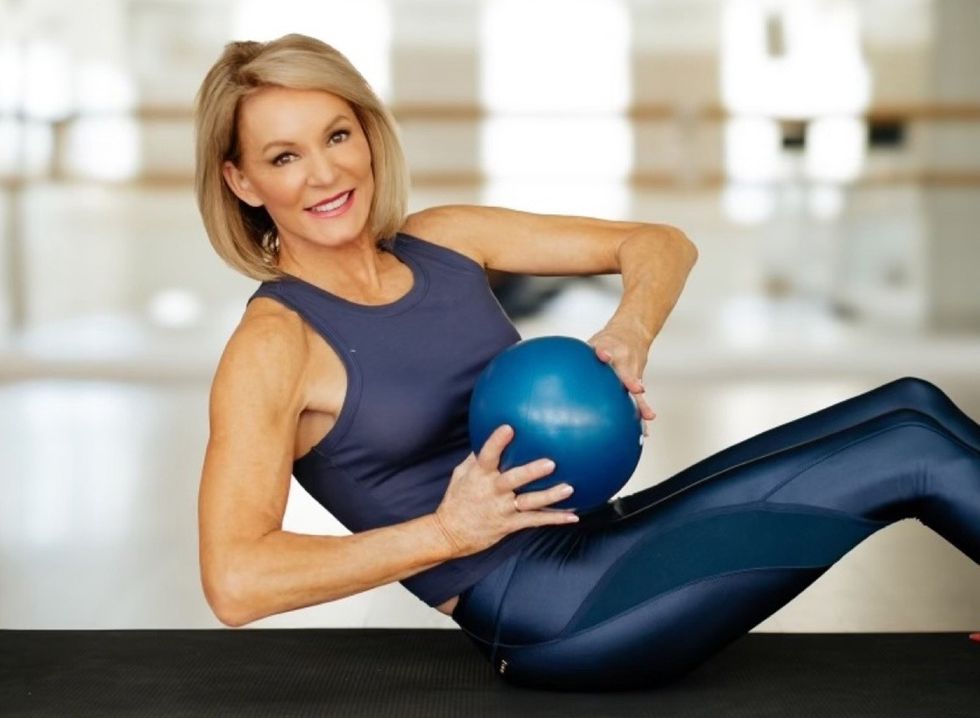 Liz Hilliard
Liz Hilliard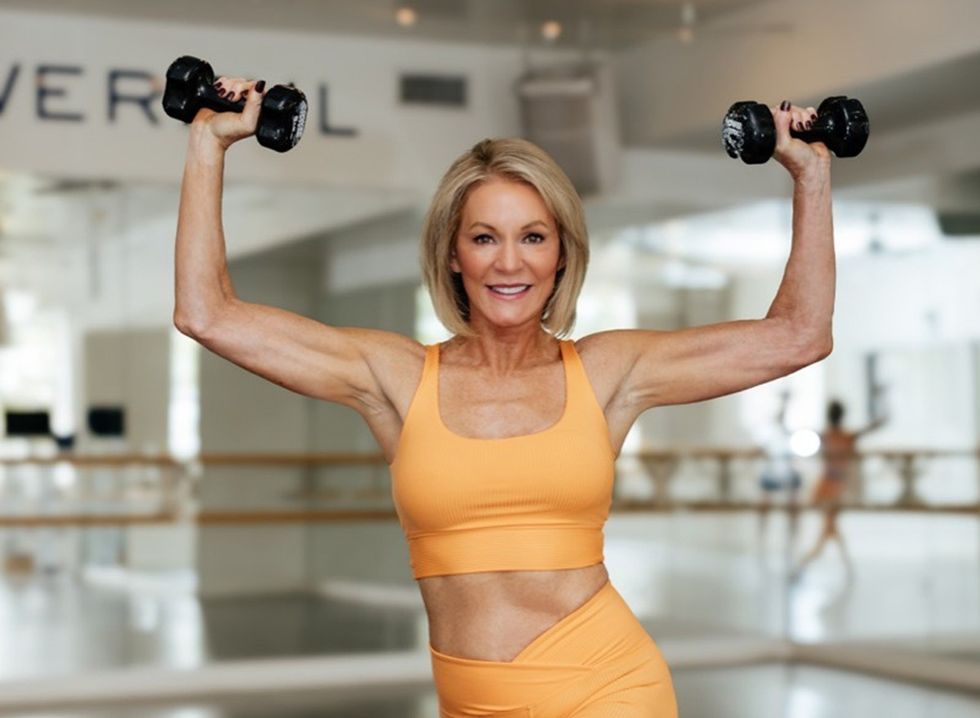 Liz Hilliard
Liz Hilliard Liz Hilliard
Liz Hilliard Shutterstock
Shutterstock Liz Hilliard
Liz Hilliard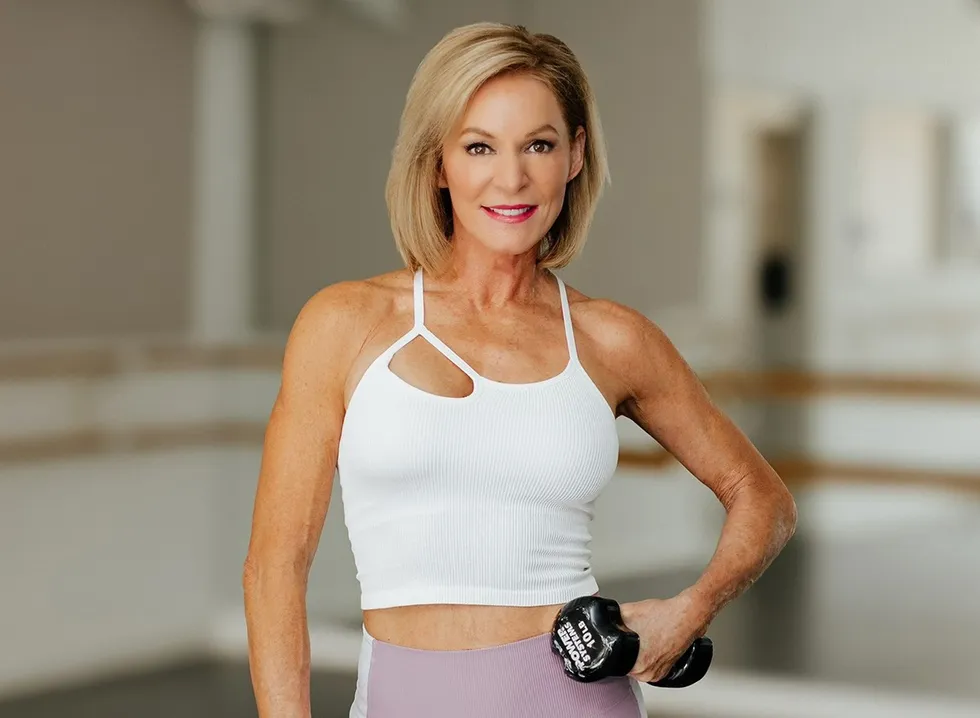 Liz Hilliard
Liz Hilliard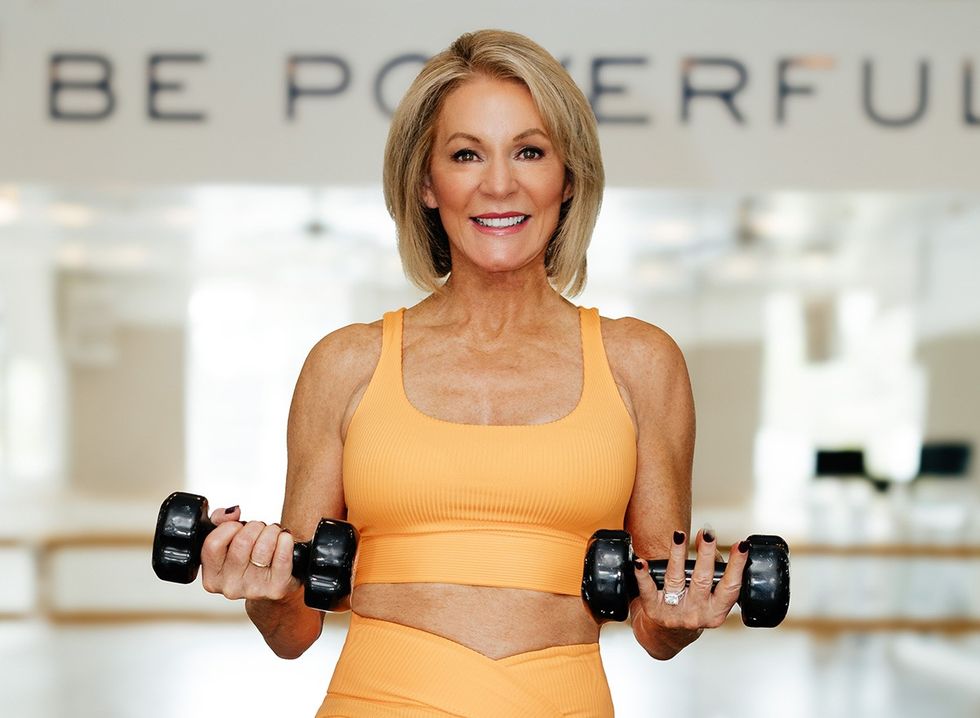 Liz Hilliard
Liz Hilliard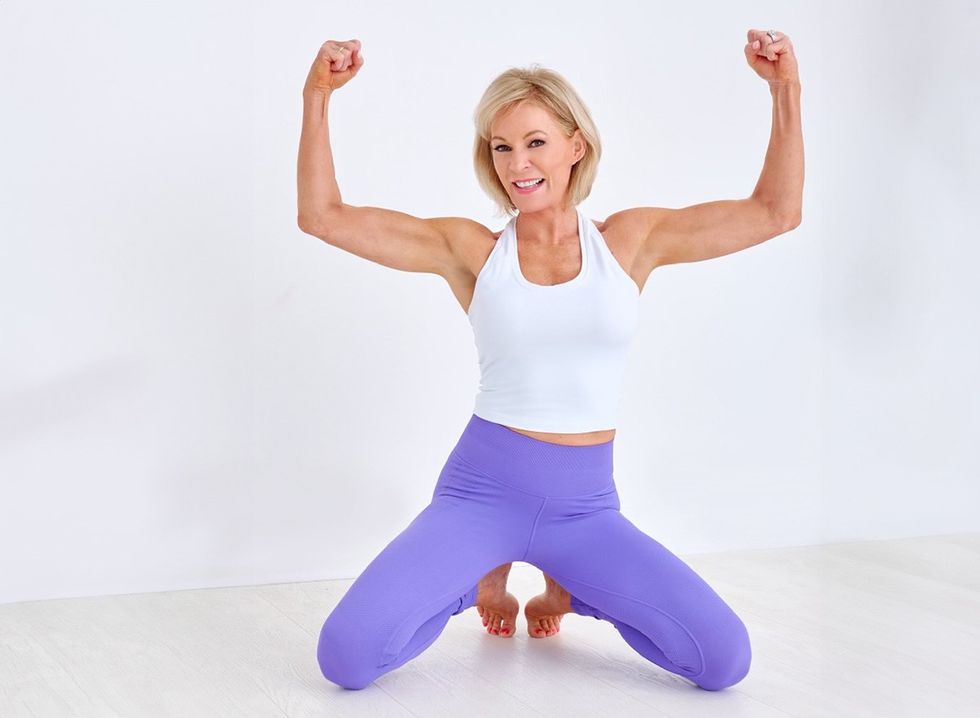 Liz Hilliard
Liz Hilliard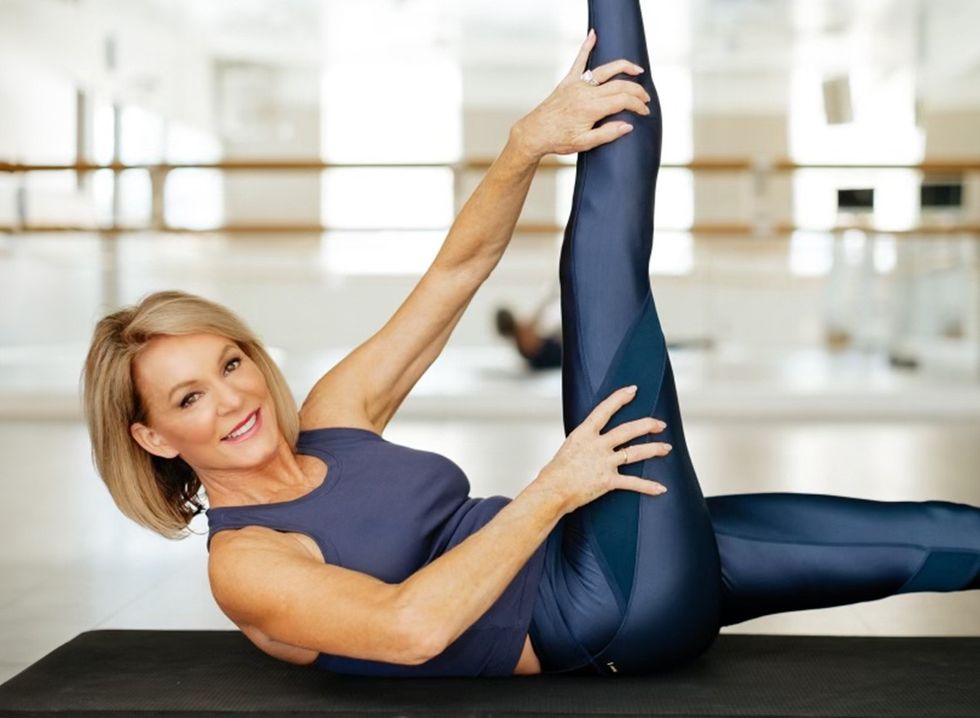 Liz Hilliard
Liz Hilliard Shutterstock
Shutterstock
 Shutterstock
Shutterstock Shutterstock
Shutterstock Shutterstock
Shutterstock Shutterstock
Shutterstock alexx.fitt/TikTok
alexx.fitt/TikTok Shutterstock
Shutterstock Shutterstock
Shutterstock

 I'm a Nutritionist and These 9 High-Protein Snacks Keep My Clients Full While Losing 50 Pounds
I'm a Nutritionist and These 9 High-Protein Snacks Keep My Clients Full While Losing 50 Pounds
 Shutterstock
Shutterstock 2. Processed FoodsShutterstock
2. Processed FoodsShutterstock Shutterstock
Shutterstock Shutterstock/Prostock-studio
Shutterstock/Prostock-studio Shutterstock
Shutterstock Pro TipsShutterstock
Pro TipsShutterstock Shutterstock
Shutterstock Shutterstock
Shutterstock Shutterstock
Shutterstock Shutterstock
Shutterstock Don’t Drink as Much AlcoholShutterstock
Don’t Drink as Much AlcoholShutterstock Most Women on GLP-1s Are Making a Few Common MistakesShutterstock
Most Women on GLP-1s Are Making a Few Common MistakesShutterstock Soda and Sugary DrinksShutterstock
Soda and Sugary DrinksShutterstock Shutterstock
Shutterstock Eat BreakfastShutterstock
Eat BreakfastShutterstock And Improve Insulin SensitivityShutterstock
And Improve Insulin SensitivityShutterstock Belly Flab Strip Tip: Sugar and Fat Calories Leave Its Mark on Your BodyShutterstock
Belly Flab Strip Tip: Sugar and Fat Calories Leave Its Mark on Your BodyShutterstock Shutterstock
Shutterstock The Drugs Mimic the GLP-1 Hormone Naturally Produced by the BodyShutterstock
The Drugs Mimic the GLP-1 Hormone Naturally Produced by the BodyShutterstock 3. Deep-Fried ItemsShutterstock
3. Deep-Fried ItemsShutterstock